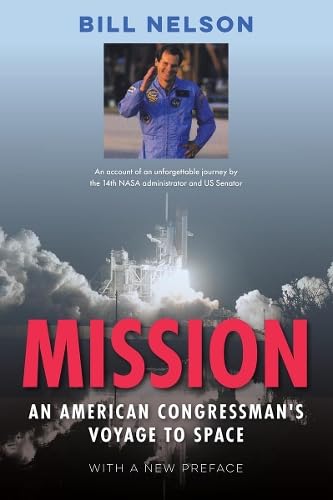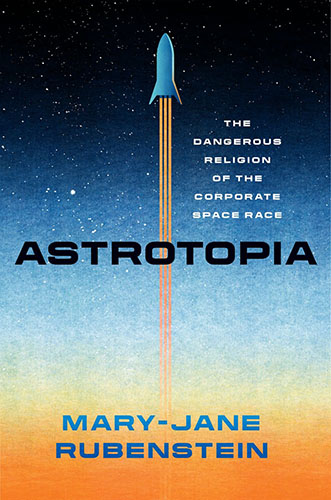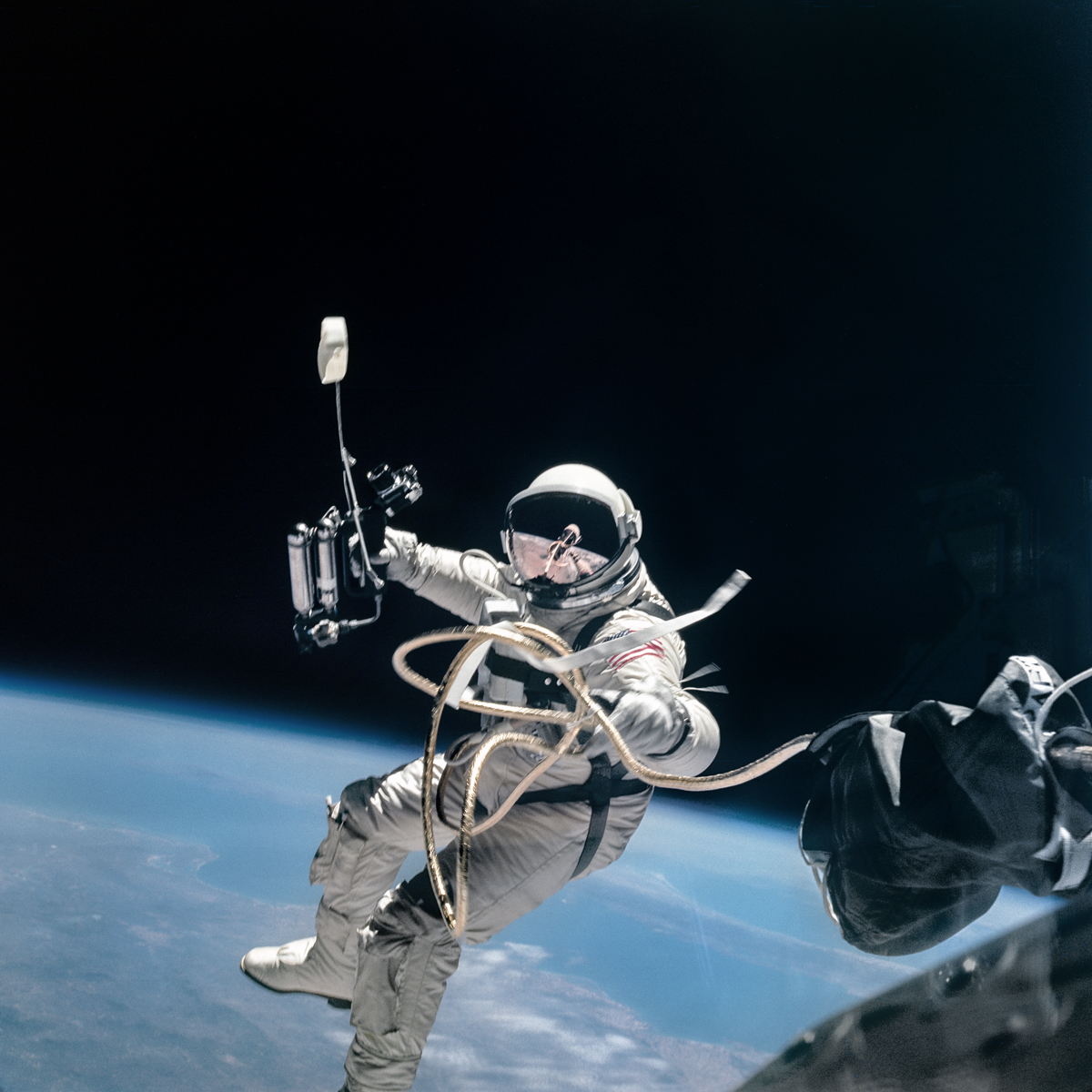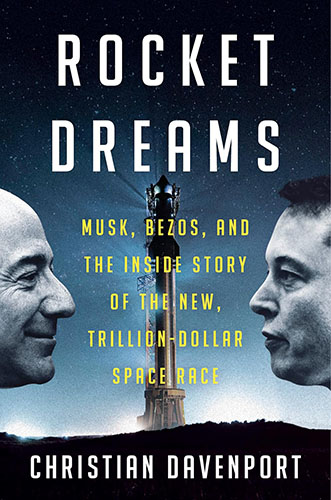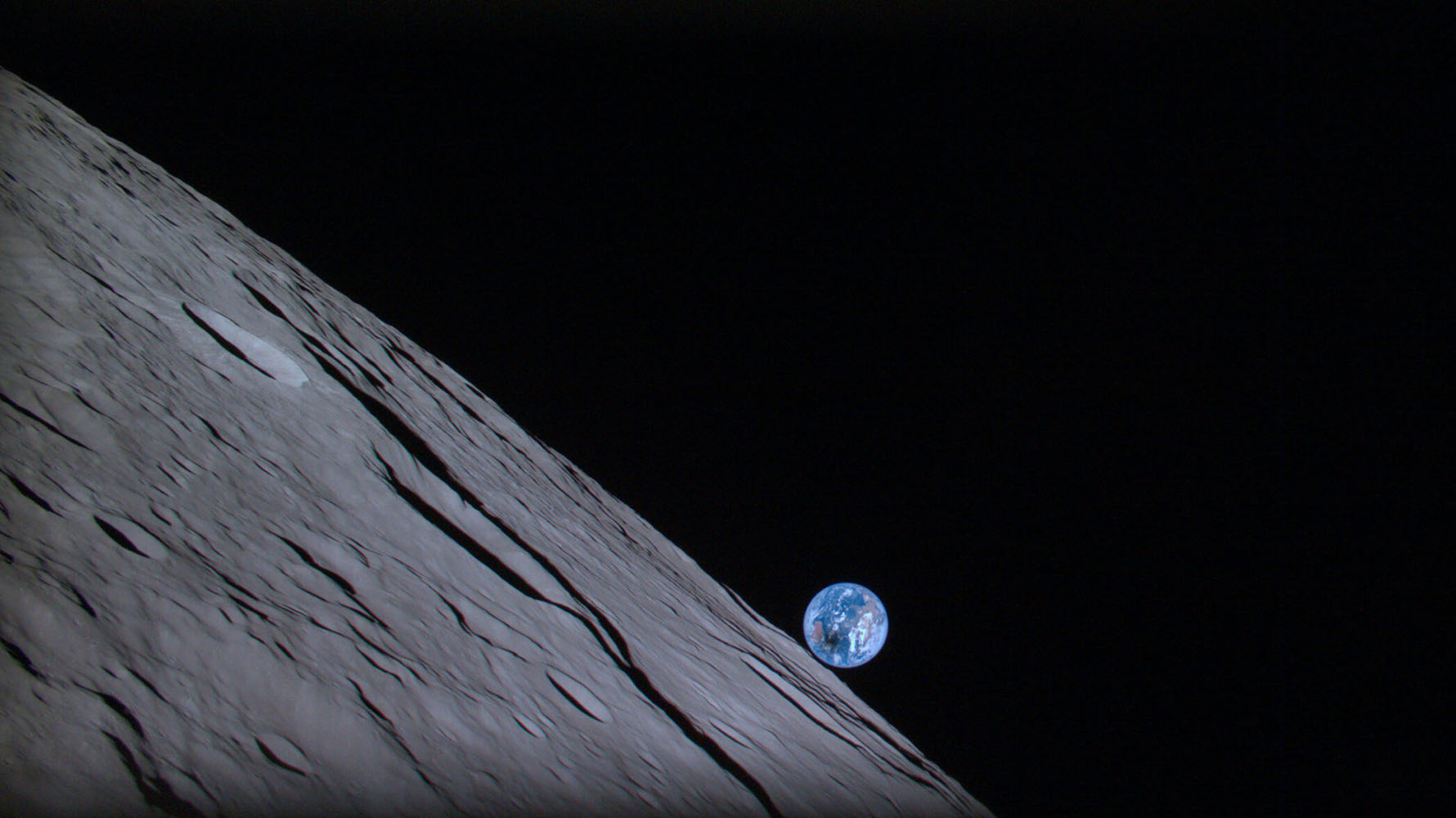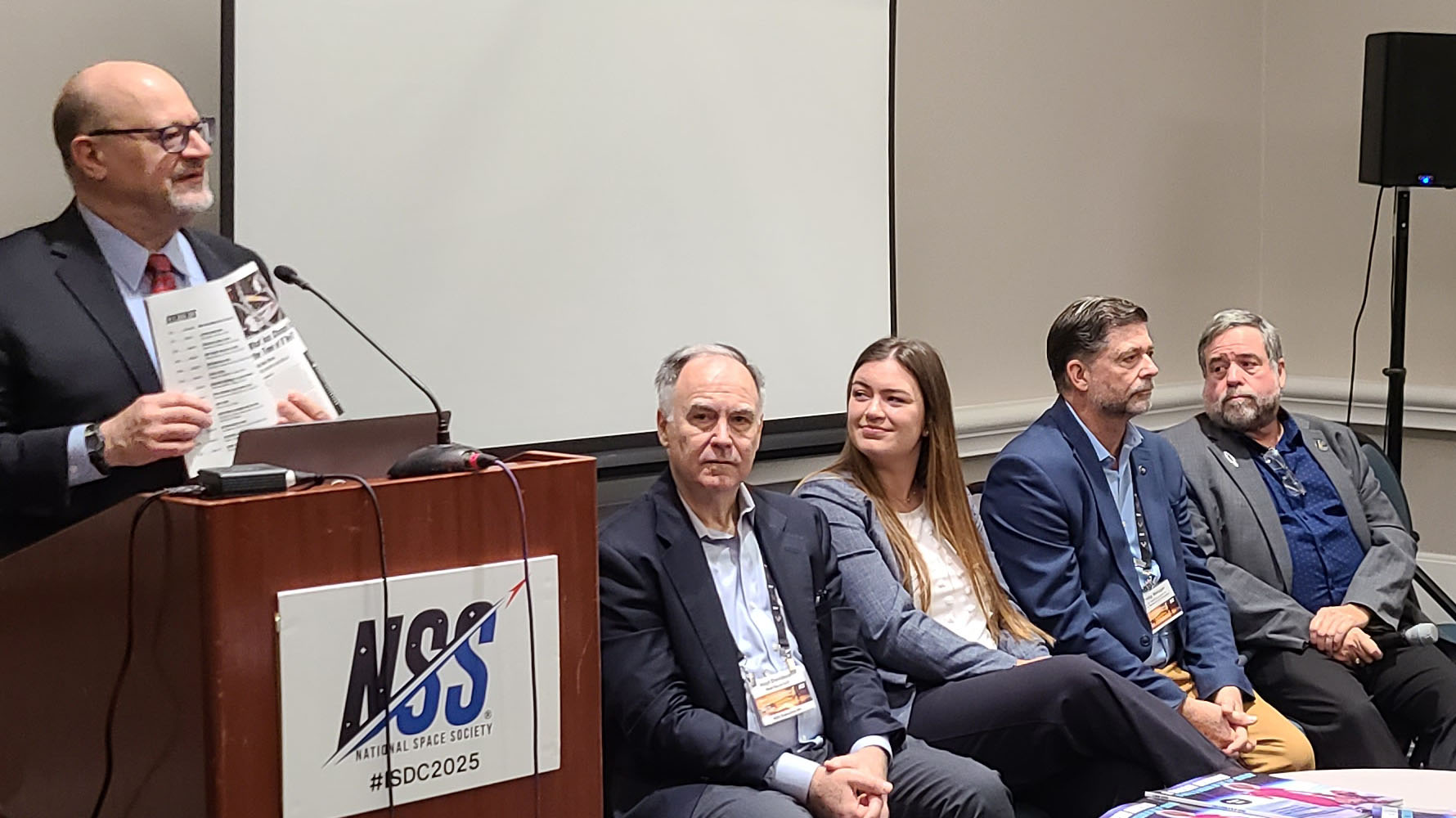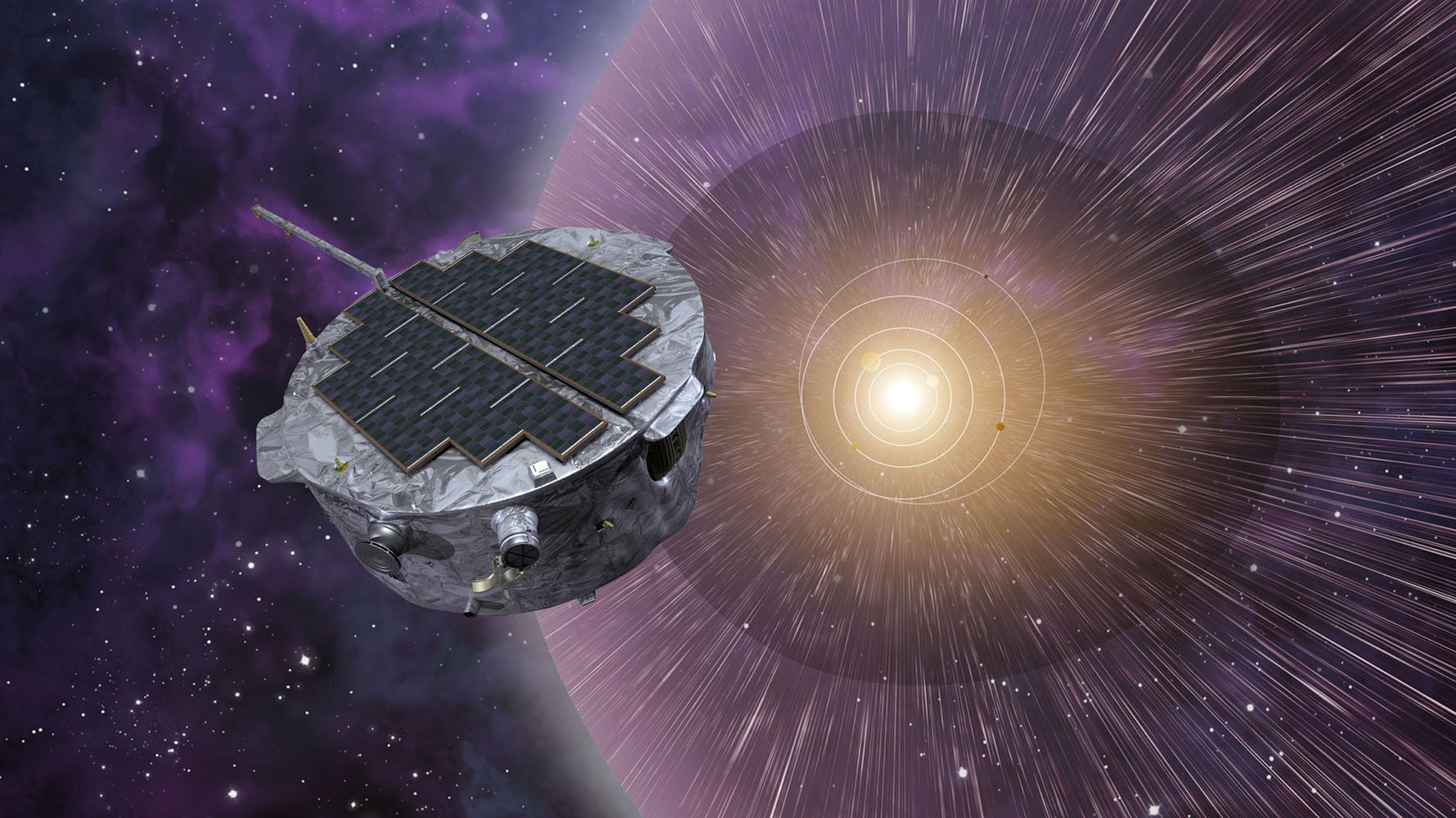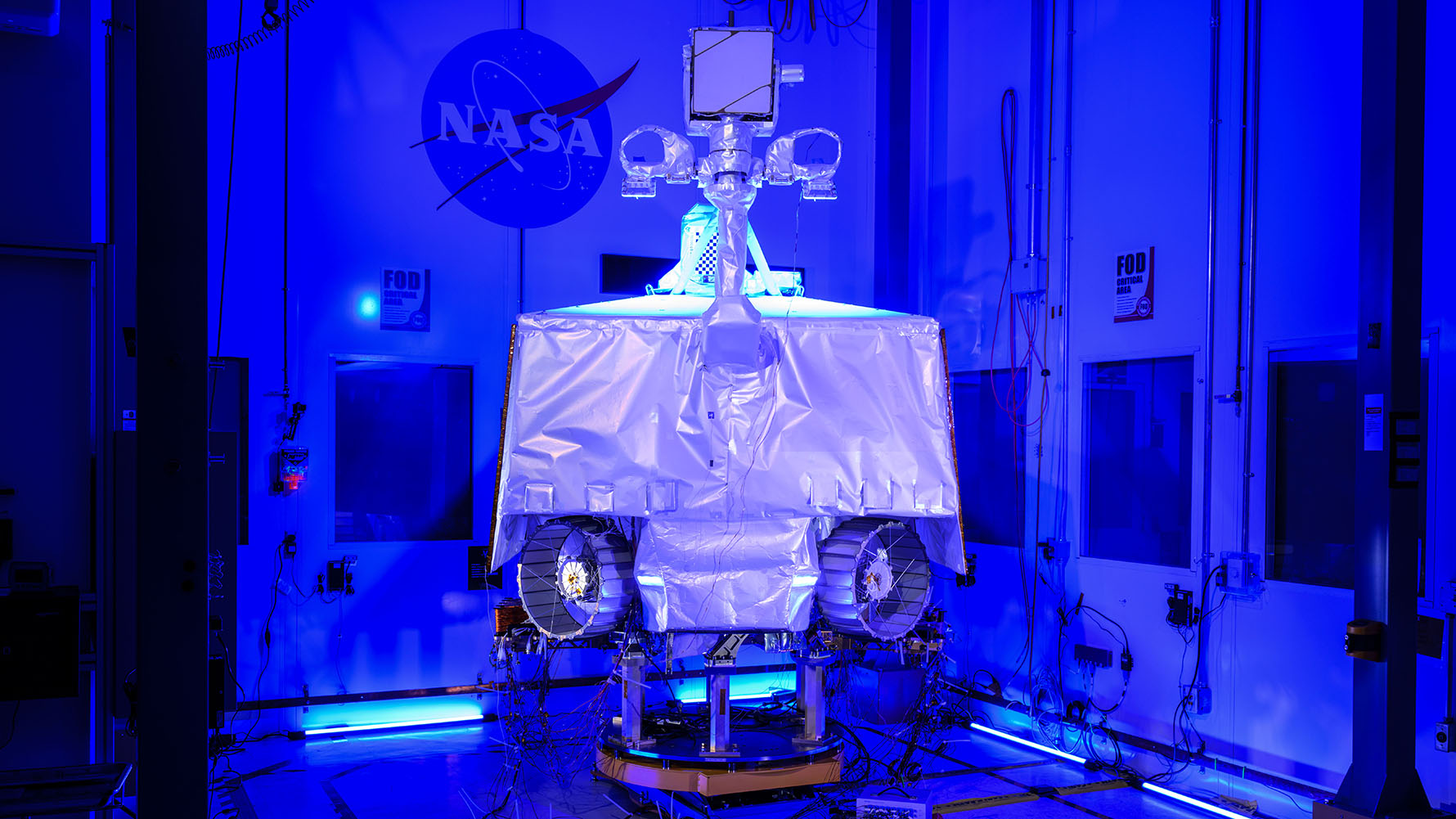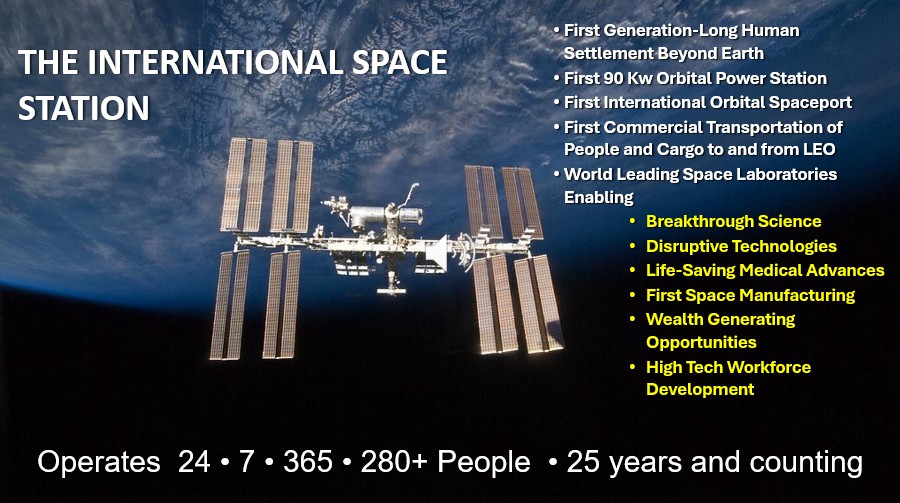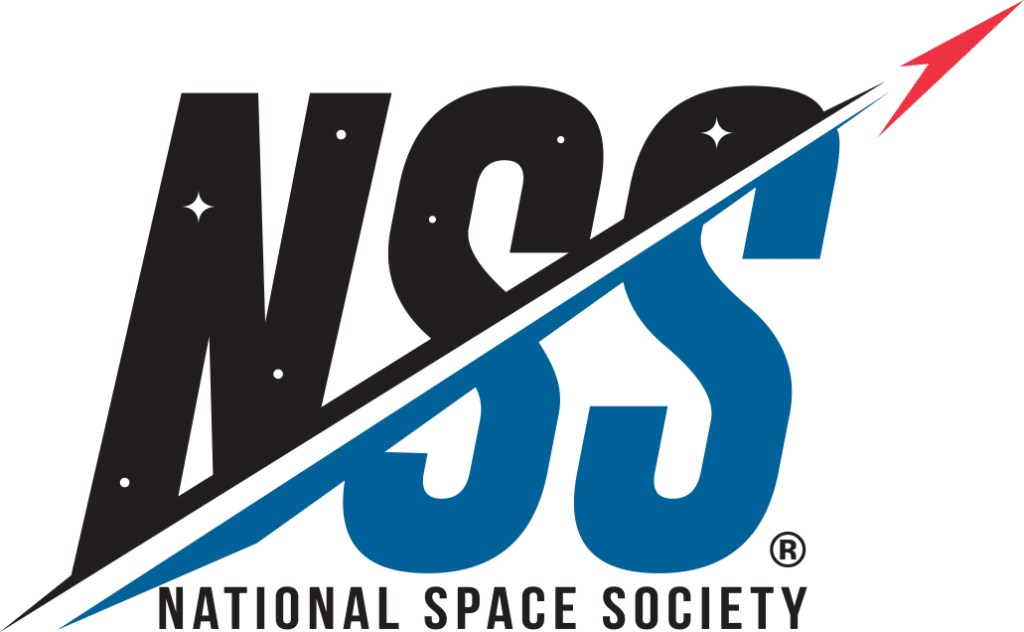The National Space Society (NSS) commends NASA and the Executive Branch for proposing to increase spending for science, technology, and sustainable economic development in space; however, we believe the President’s 2011 budget request would leave the job only partly done. NSS calls for the President and Congress to restore funding for human spaceflight beyond low-Earth orbit. NASA’s goal should be to make it possible to incorporate energy and resources from space into our economy and to extend human presence throughout the solar system.
Gary Barnhard, Chairman of the NSS Executive Committee, states, “Investment in technology development needs to be focused on the requirements to enable real missions. We need to make the best use of the International Space Station and other key resources both on the ground and in space to improve our ability to use space for the betterment of humanity, and to hasten the day that those new missions can be flown. Supporting private sector space capabilities is a good and necessary step toward further space development. It makes sense to fund commercial providers for cargo resupply and return, as well as for crew transportation once their services have been demonstrated to be safe. Our space endeavors, government and commercial, provide strategic capabilities that define us as a nation and help maintain our leadership in the peaceful exploration and development of space. However, a truly ambitious space program always focuses on what’s next.”
NSS supports returning people to the Moon for the benefits it can bring to our home planet and as a starting point for people learning how to work and live elsewhere in the solar system. In keeping with the President’s original campaign suggestion to delay returning to the Moon by five years, NSS calls for a human return to the Moon by 2025. Such a mission should emphasize self-sufficiency and permanent human habitation by developing technologies that will enable humans to “live off the land.” According to Gordon Woodcock, the last President of the L5 Society (parent organization of NSS) and previous chair of the NSS Policy Committee, “Economic growth and humanity’s expansion into space require that we learn how to go somewhere and live there. That learning can only come through frequent access, and the Moon is the closest destination. Learning how to develop propellant on the Moon would be worth the price of the trip.”
“Technology development is good but requires focus to be meaningful,” asserts Greg Allison, NSS Executive VP and chairman of the NSS Policy Committee. “If we are to perform research for a heavy-lift launch vehicle, we should plan to develop one that matches our destinations and sustainability goals. We should build and fly prototypes along the way. We need to have missions in mind to make this work.”
All of this requires a sustained, generational commitment to NASA’s long-term mission. NSS is aware of the financial constraints under which the U.S. government will be operating in the next few years. Tax dollars should be spent wisely. We believe a larger budget for ALL of NASA’s efforts is needed to adequately engage the private sector and is in the long-term best interests of the country.
